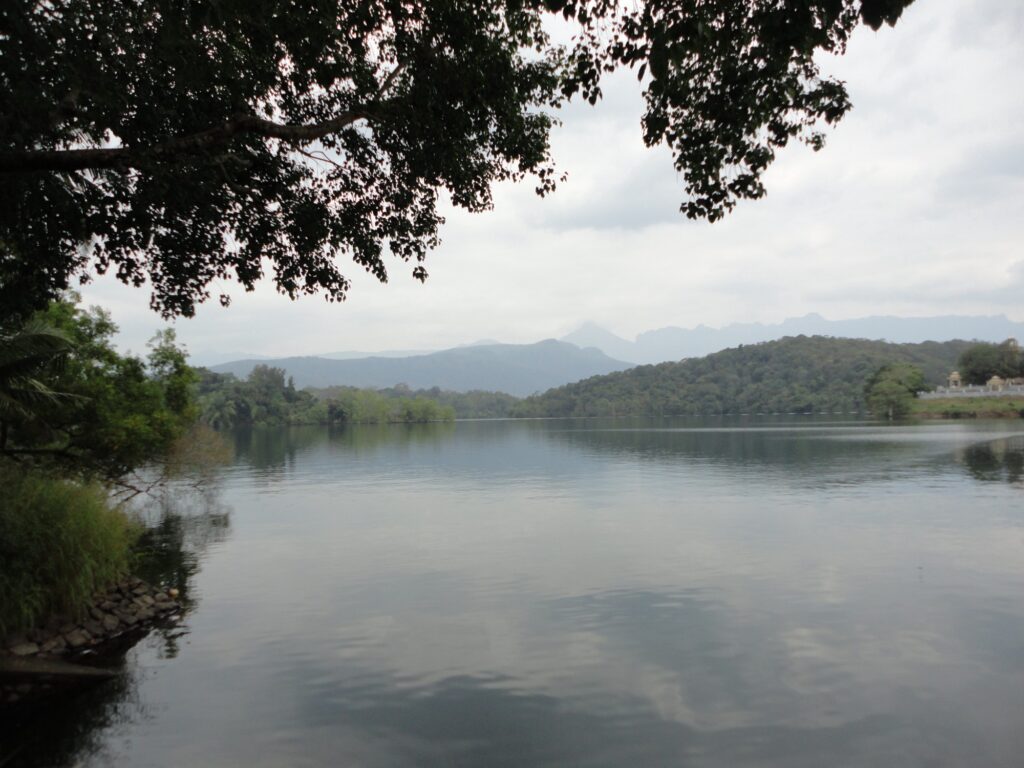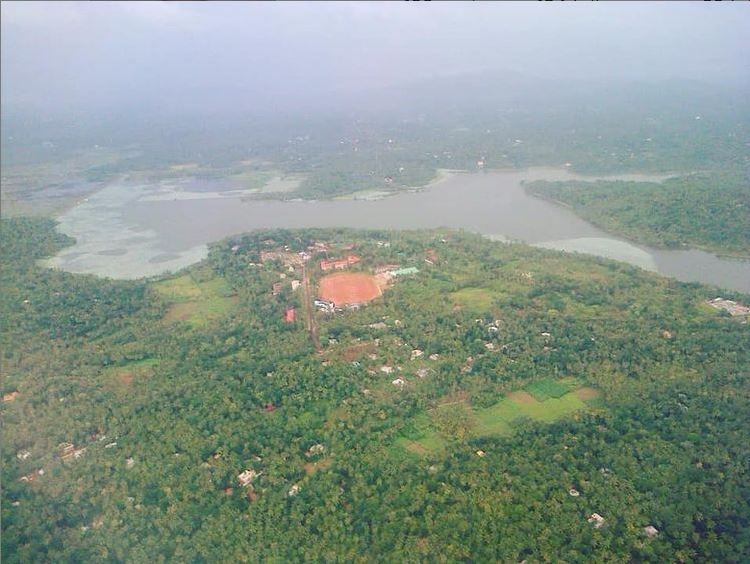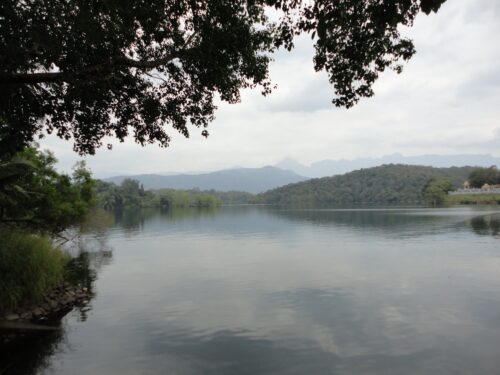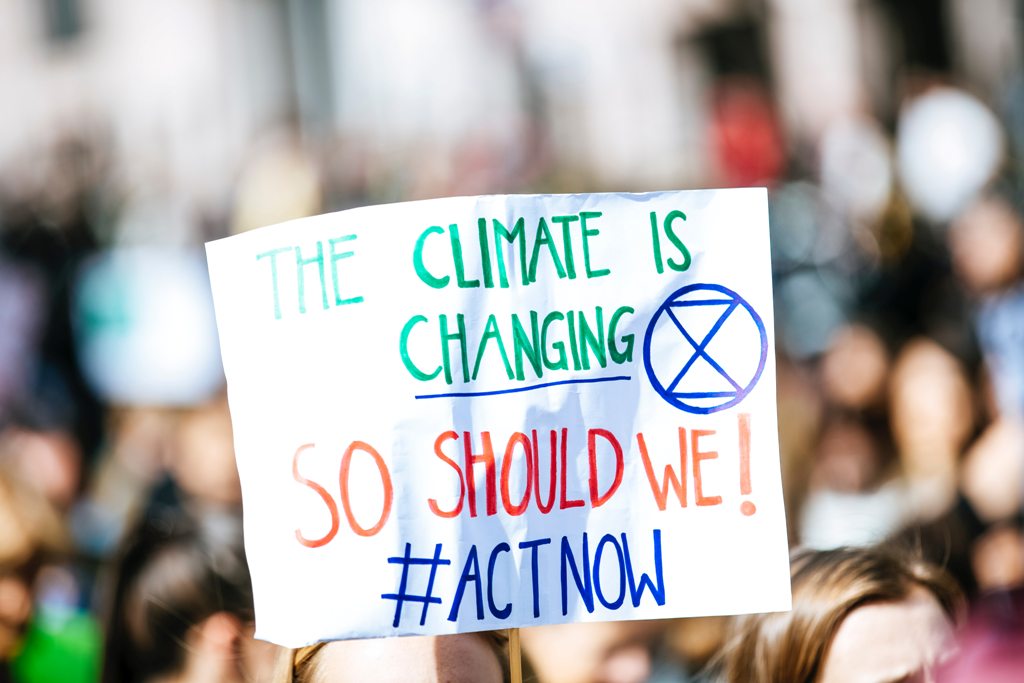(Author: Joseph Fernandez)
As Kerala faces one more season of devastating floods in 2021, it is time to look at Kerala’s ancient 1/3rd Principle and the lasting solution it offers the overwhelmed State in this age of climate change. Here is a repost of the original article written in the aftermath of the Kerala Flood in 2018, relevant today as it was when it first came out:
Wherever it goes, Water has a memory.

In August 2018, Kerala in South India bore the brunt of that memory through the floods that have devastated its landscape. Over 1 million of Kerala’s 33 million population were displaced by the swirling floods. All of this resulted in the turbulent release of flood waters from 35 dams from a swollen 61-dam network. The Onam harvest festival celebrated in Kerala has become an extraordinary season of resilience for its people.
The Kerala floods had several causes to the disaster: intense rainfall, climate change, massive deforestation, unrestrained construction, water pollution all the way to illegal stone quarrying that destabilized the slopes of the Western Ghats mountains. Early estimates thus far place the State’s mud-swamped damage at $1 billion US dollars.
Let me speak first on the memory of water. The Periyar river flows near one of Kerala’s most populous cities and its business capital Kochi. The area was flooded in living memory for the last time in 1924. The areas around Kochi were inundated with water levels as the same levels as the 2018 flood. In 1924, the waters of the river Periyar found their way to the ‘wetlands’ — the marshes of Nedumassery. In 2018, the water remembered. It made its way to the marshes and found in its place, the Nedumassery airport — Kerala’s most celebrated airport.
It is whispered that the airport was built on a canal. Nature, interrupted. And for that reason, the world’s largest solar powered airport was overpowered by water, seeking its way to the sea. No business plan and no return-on-investment has yet to calculate the cost of blocking a stream, canal or river to build an airport, a city or technology park anywhere in the world. This flood lashed scenario repeated itself endlessly in 13 out of Kerala’s 14 districts across towns, villages and cities.
But Kerala was not always like this. For centuries, Kerala held the One-third principle sacred in its statecraft. And what is Kerala’s One-Third Principle? Kerala’s One-Third Principle is the allocation of resources to a place once you decide to build a village, town or city on it. When you build, allot one-third of the land for water, one-third of the land for the forest, and one-third of the land for the people. You can apply to a city, a town, a village and importantly a home.
For centuries in Kerala (as in the rest of India), you respected the waterline in summer. And You respected the waterline also during the monsoons. And, you did not build in between. Ancient wisdom held by the ‘maistries ‘— India’s master workmen (masons) who ensured this balance. Since the onset of the Industrial Revolution in 1850, this principle has been violated many times over as urbanization and industrialization took precedence over the development agenda. And the costs of floods cripple cities today the world over.
Kerala’s One-Third Principle is an admirable principle for our 21st Century world. It was the first disaster management plan too. Allowing water to take its course and storing water for communities who clustered around coastal and rice growing areas. It created the environment and the conditions for one of the most liveable communities in the world with a high social index. That is why flying into Kerala even today is an experience in itself, as you can see here from the picture of the ‘India-shaped’ Vellayani lake at Trivandrum:

Kerala’s One-Third Principle ensured that its communities had free and equitable access to water, food and living needs. With this in place, everything else in Kerala became possible. Education, Empowerment, Literacy, and even, the surge in Economic Power the state is experiencing today through industry, information technology and tourism. The respect for the balance between water needs and forest needs and people needs. But does the principle really work in the 21st Century? Well, you can find out here.
Our Waterline is a metaphor. It represents our quest for balance in the world we live in. It refers to the snow lines (and retreating glaciers) of the North Pole. It refers to the lava lines in the islands of Hawaii. It refers to the Great Barrier Reef of Australia. It refers to the forests that line the banks of the Amazon that flow through the countries of Peru, Bolivia, Venezuela, Colombia, Ecuador, and Brazil. Across all of these cultures, it is time for us to remember the wisdom of our ancestors who respected the elements and revered their connection to nature.
For Kerala and her people, this Onam is an extraordinary season of resilience. And as Kerala’s 33 million decision makers work towards rebuilding their home state, there is one thought on their minds around these devastating floods: Never Again.
These floods also saw the rise of Kerala’s new generation. It revealed the indomitable spirit of young people who will inherit our earth: its azure coastlines, flowing rivers and verdant mountains. Kerala’s One-Third Principle will create a safe and sustainable world for them. It can be applied everywhere to our planning of cities, towns, Industry & IT parks and our homes—starting now.
In Kerala, in India and across our world, it will begin again with our Respect for the Waterline.
—Joseph Fernandez
(Joseph Fernandez is an author and communications leader who has worked since 1990 in media and communications. He is the author of 25 books including Corporate Communications: A 21st Century Primer (Sage Publications, 2004). For more information, visit his website: www.joseph-fernandez.com . Article is originally published at https://josephfernandez2701.medium.com/our-respect-for-the-waterline-75b6c994ecad . With the author’s consent, it is republished as a story at The Ecopreneur)
Photo source: Joseph Fernandez



